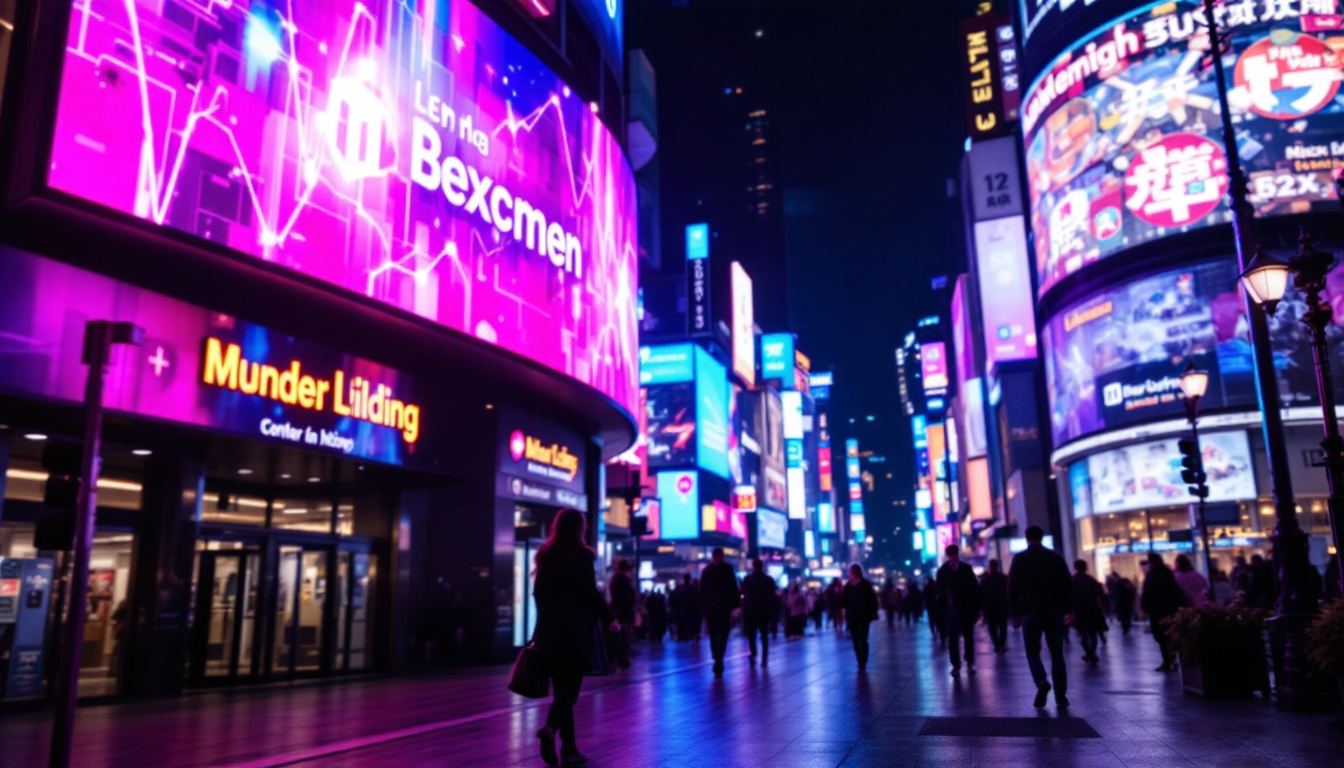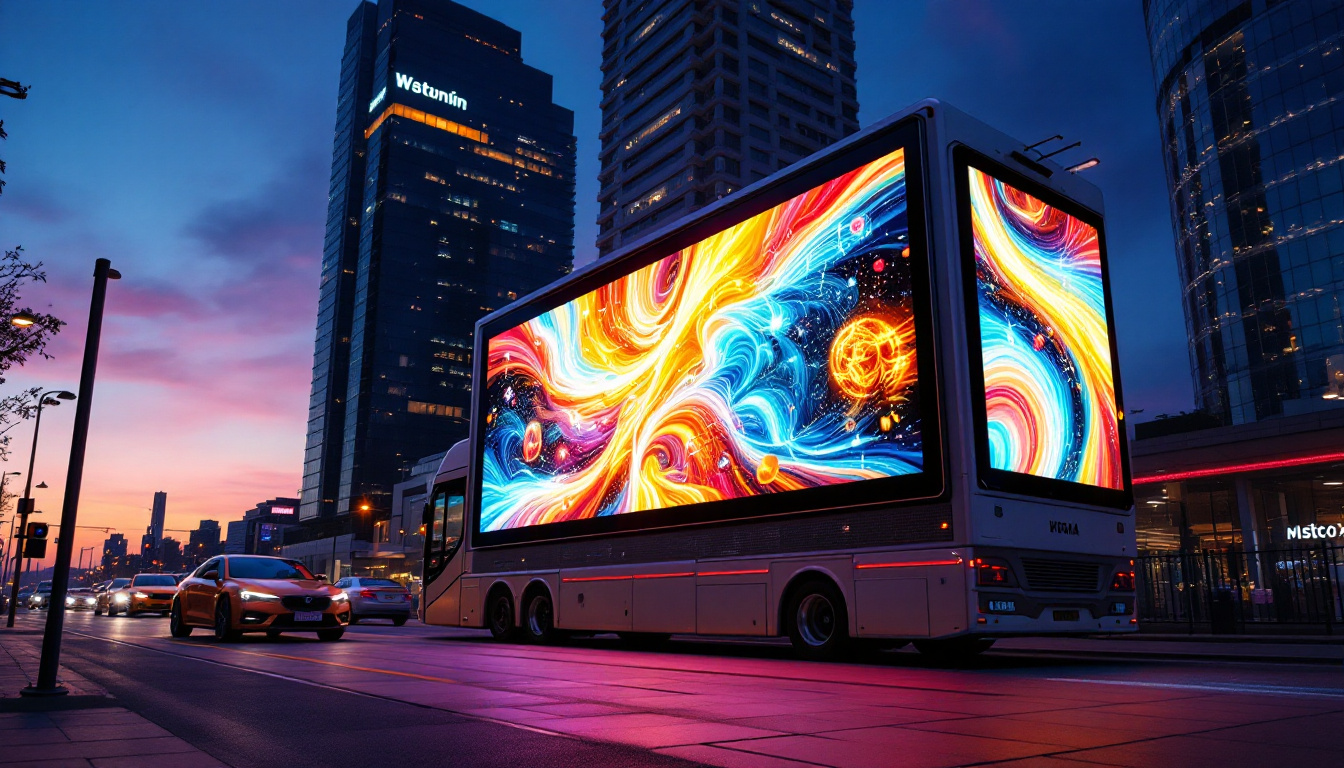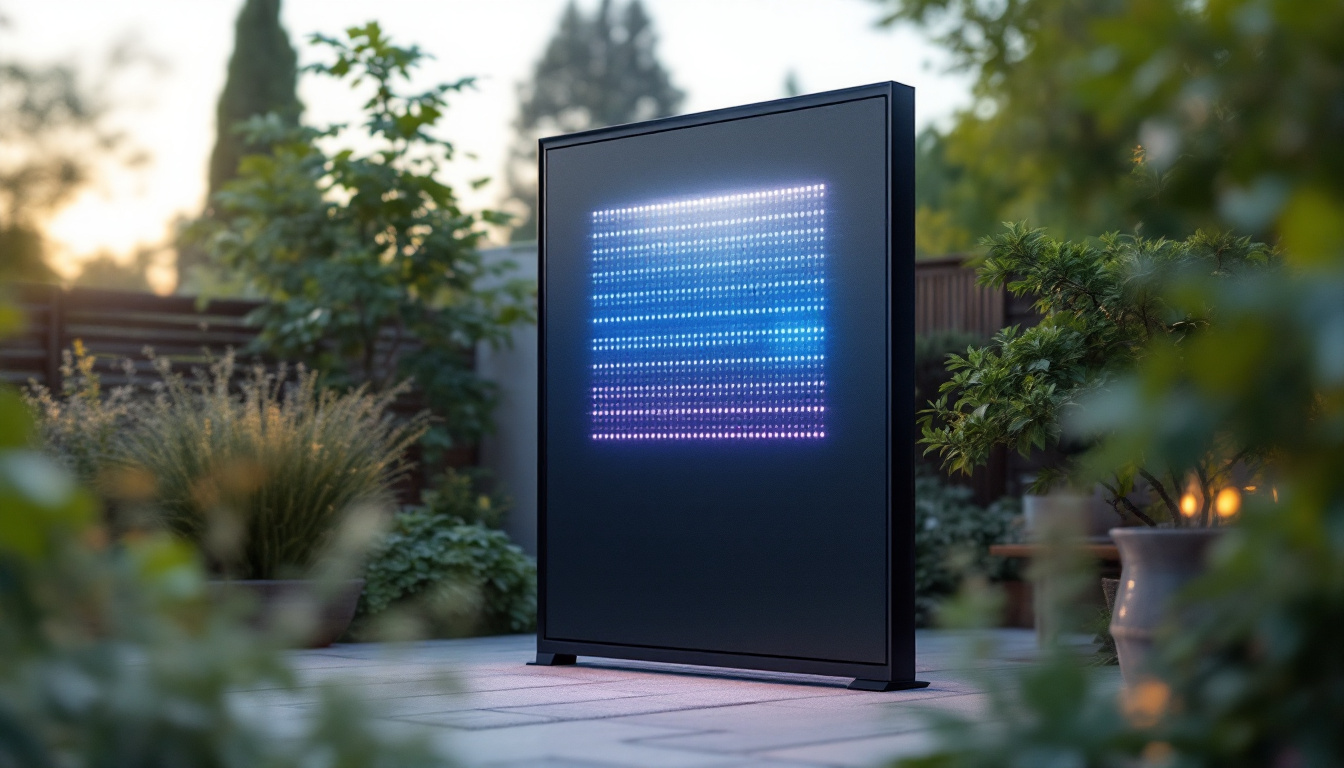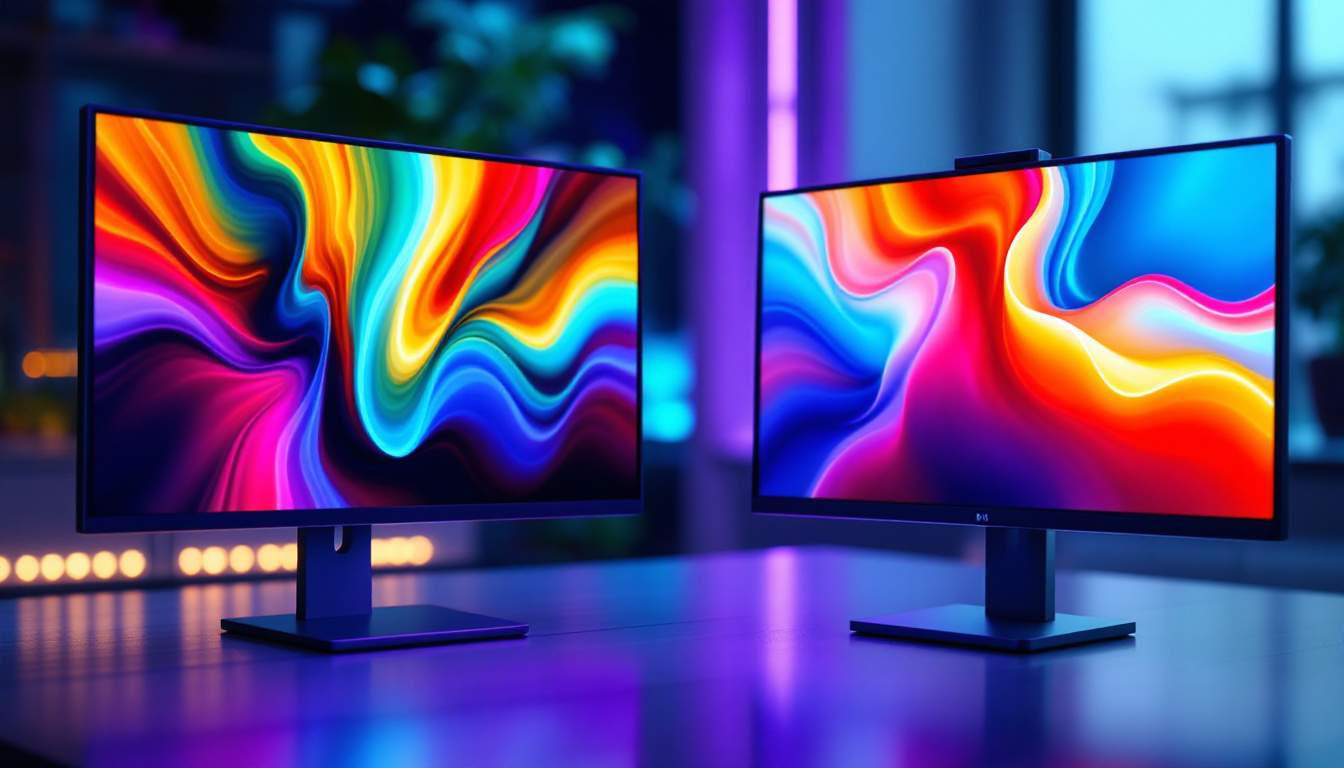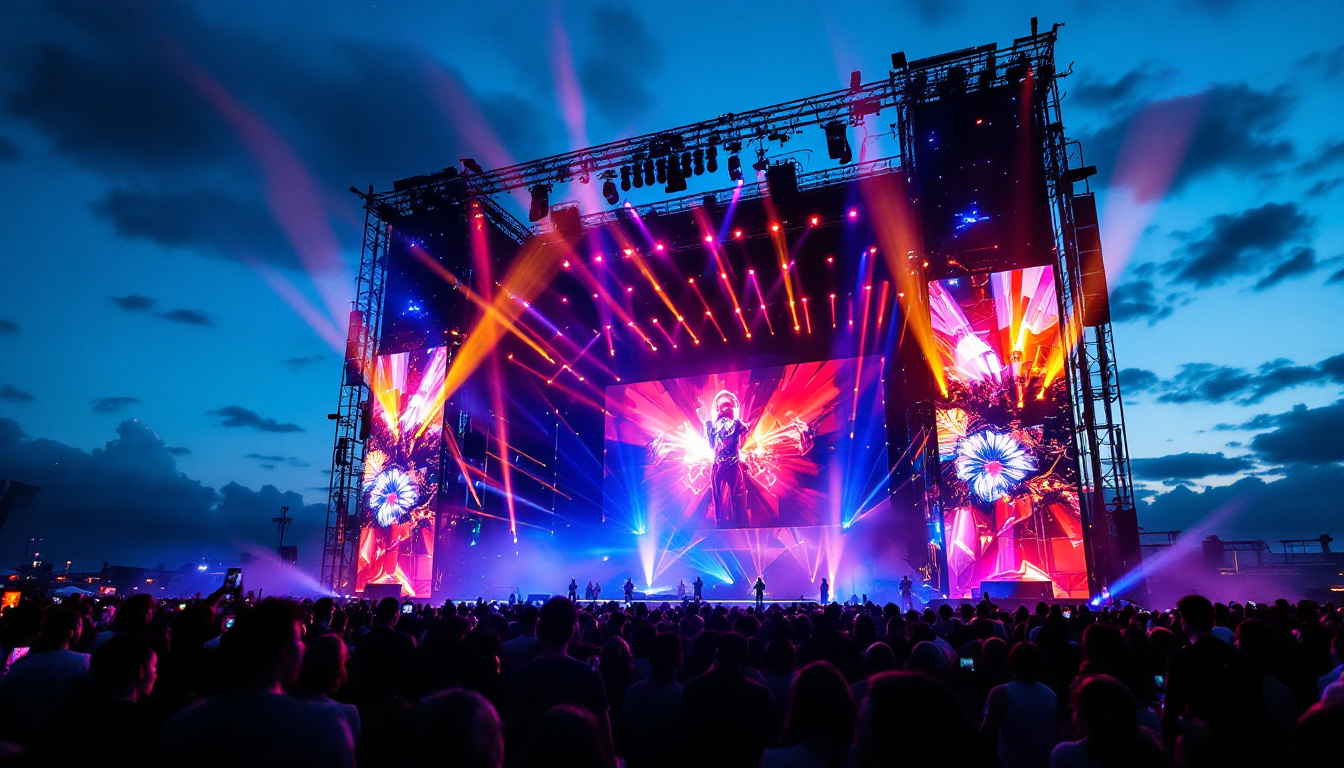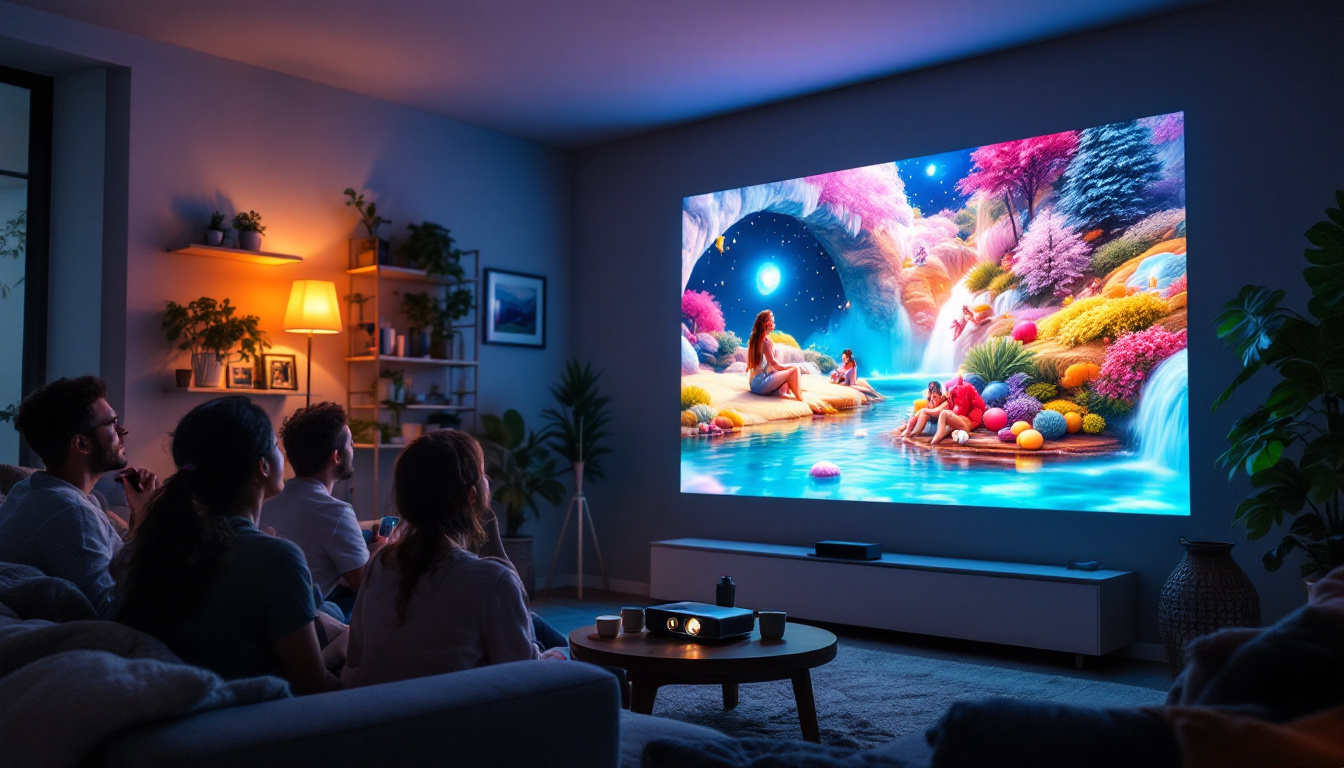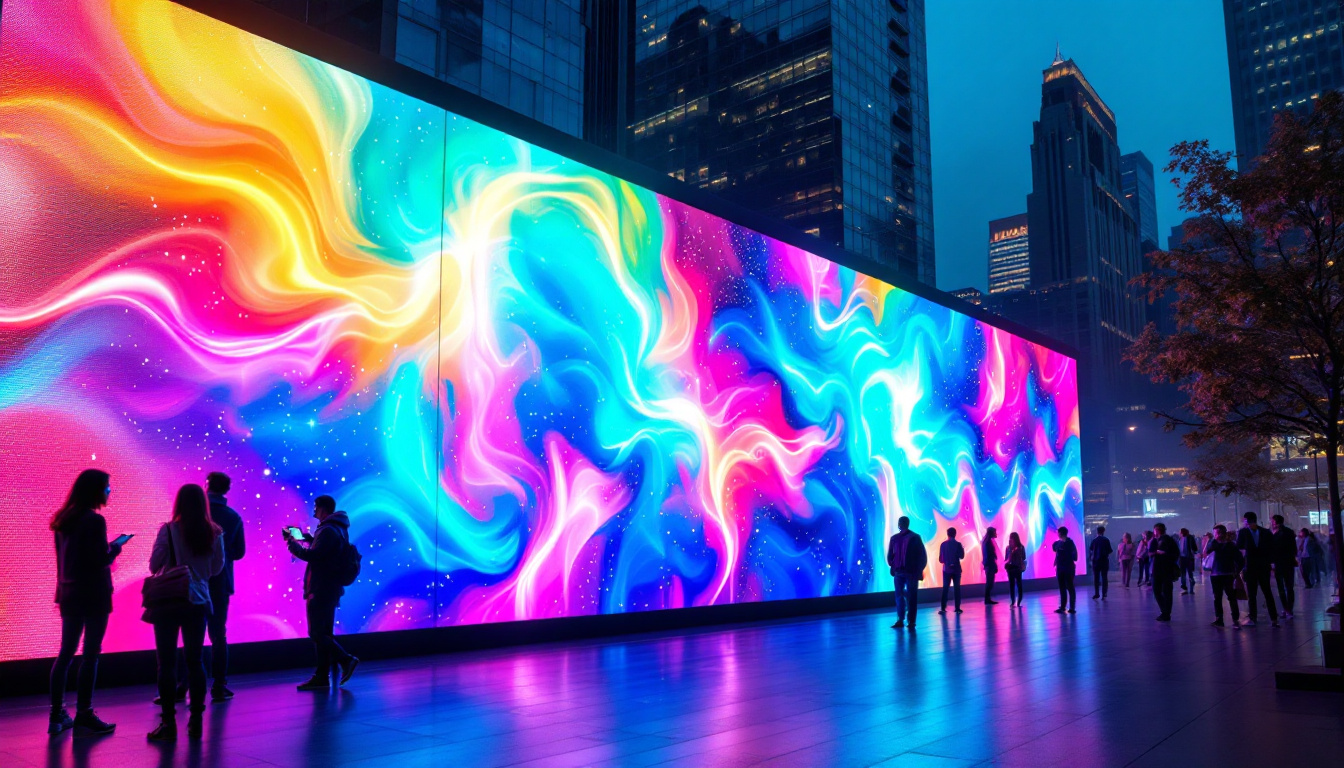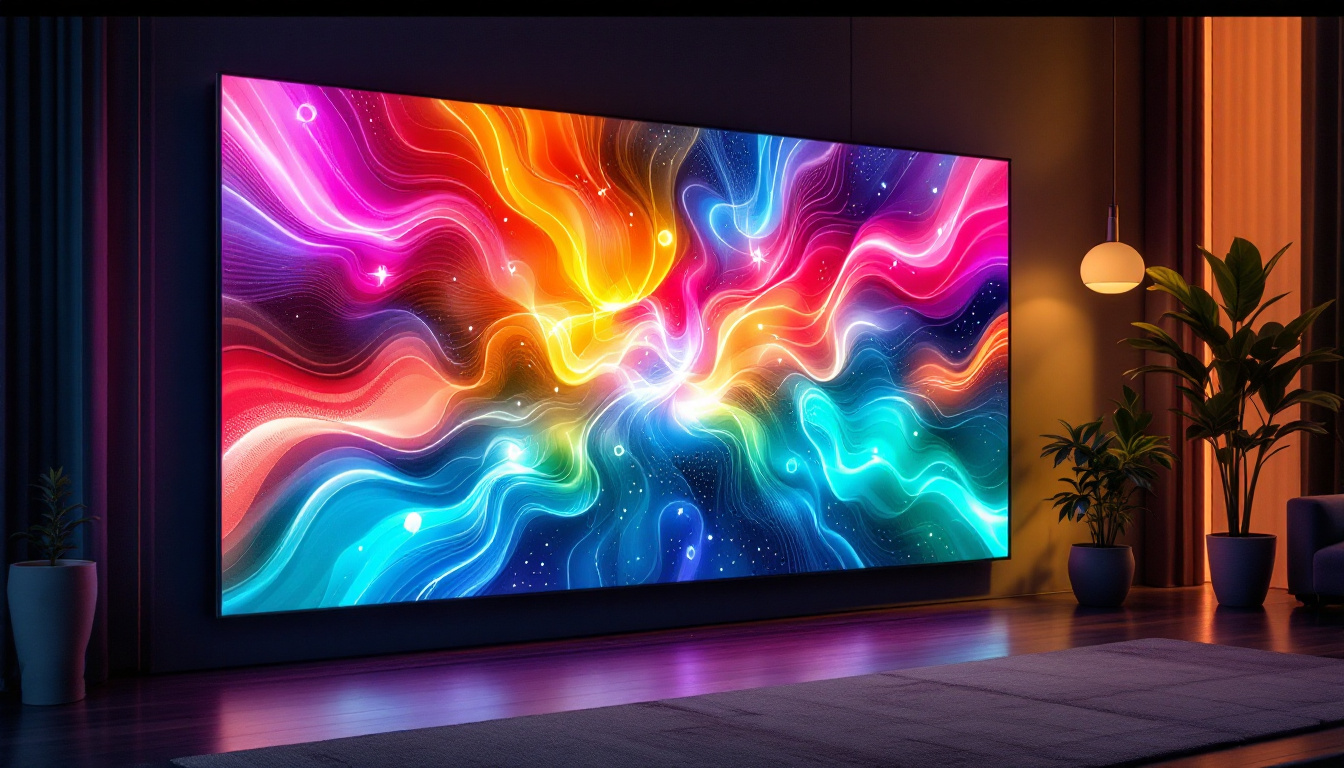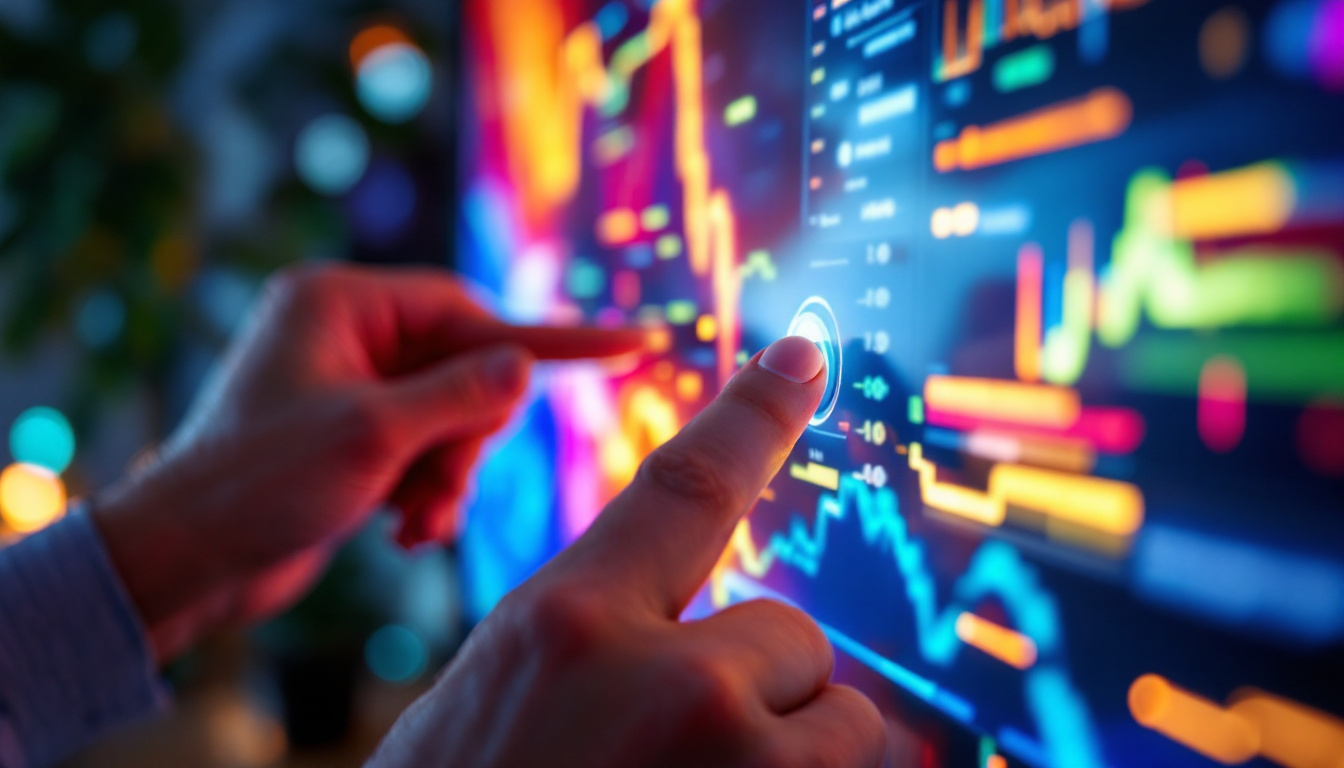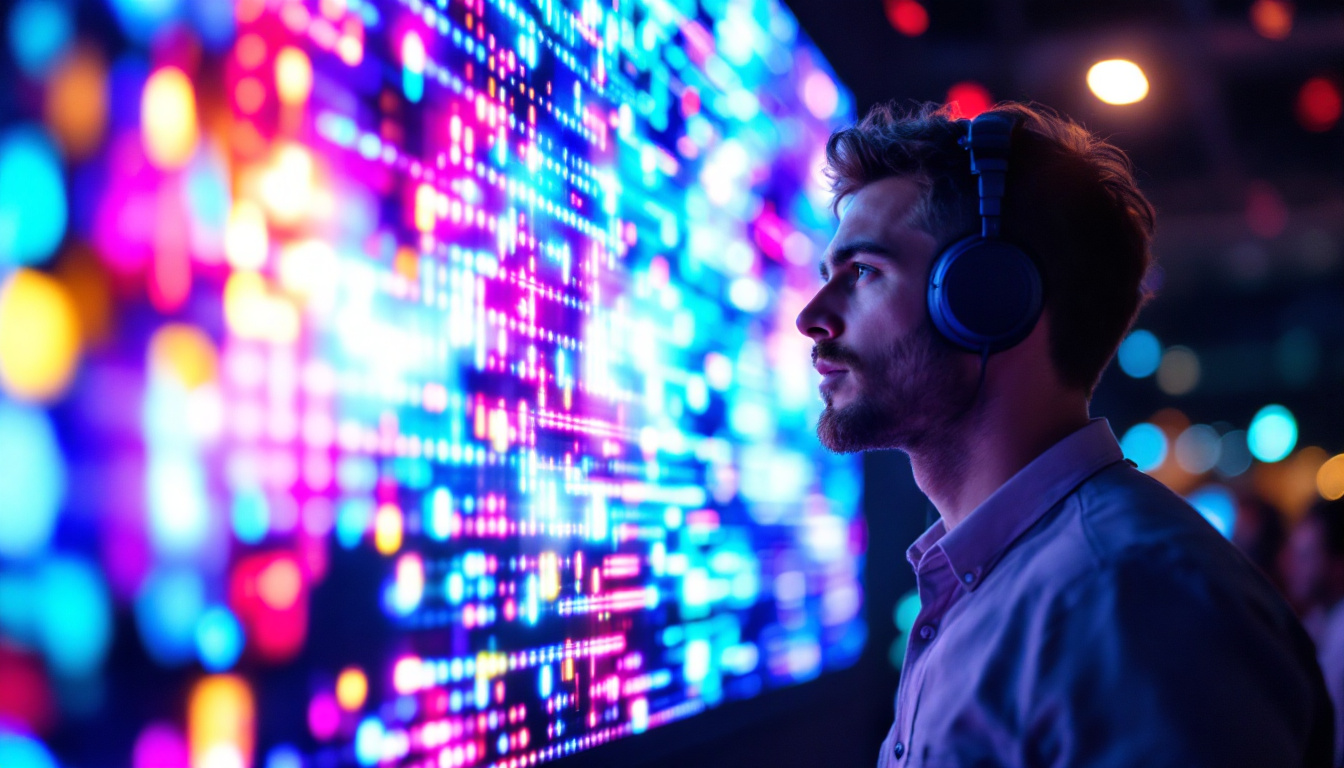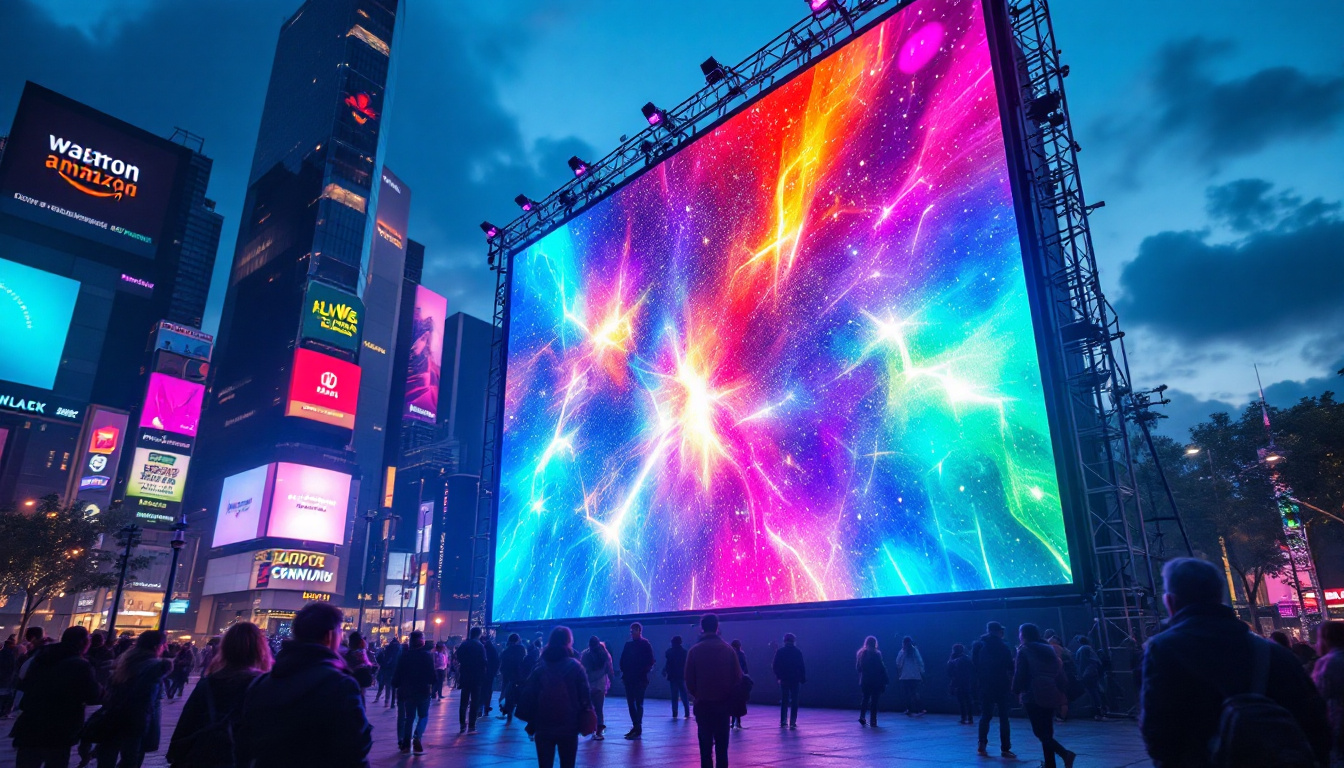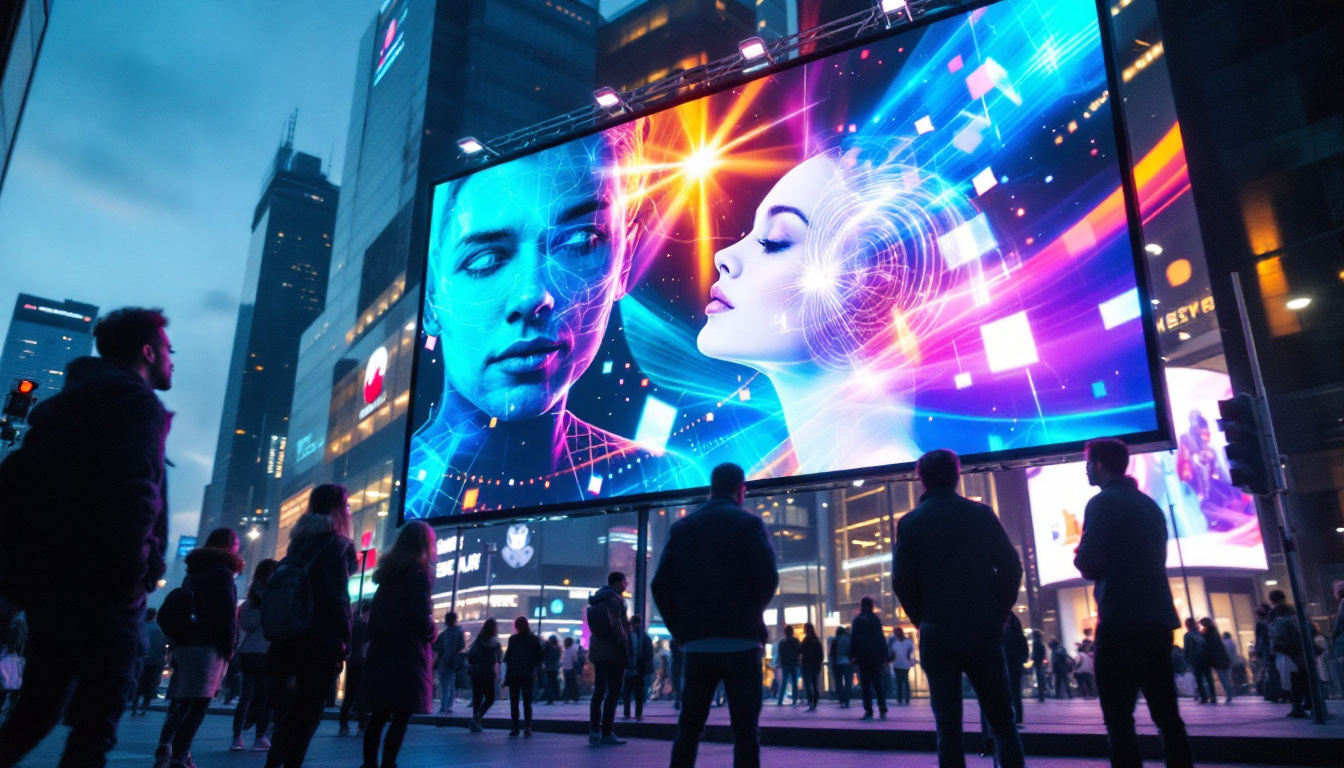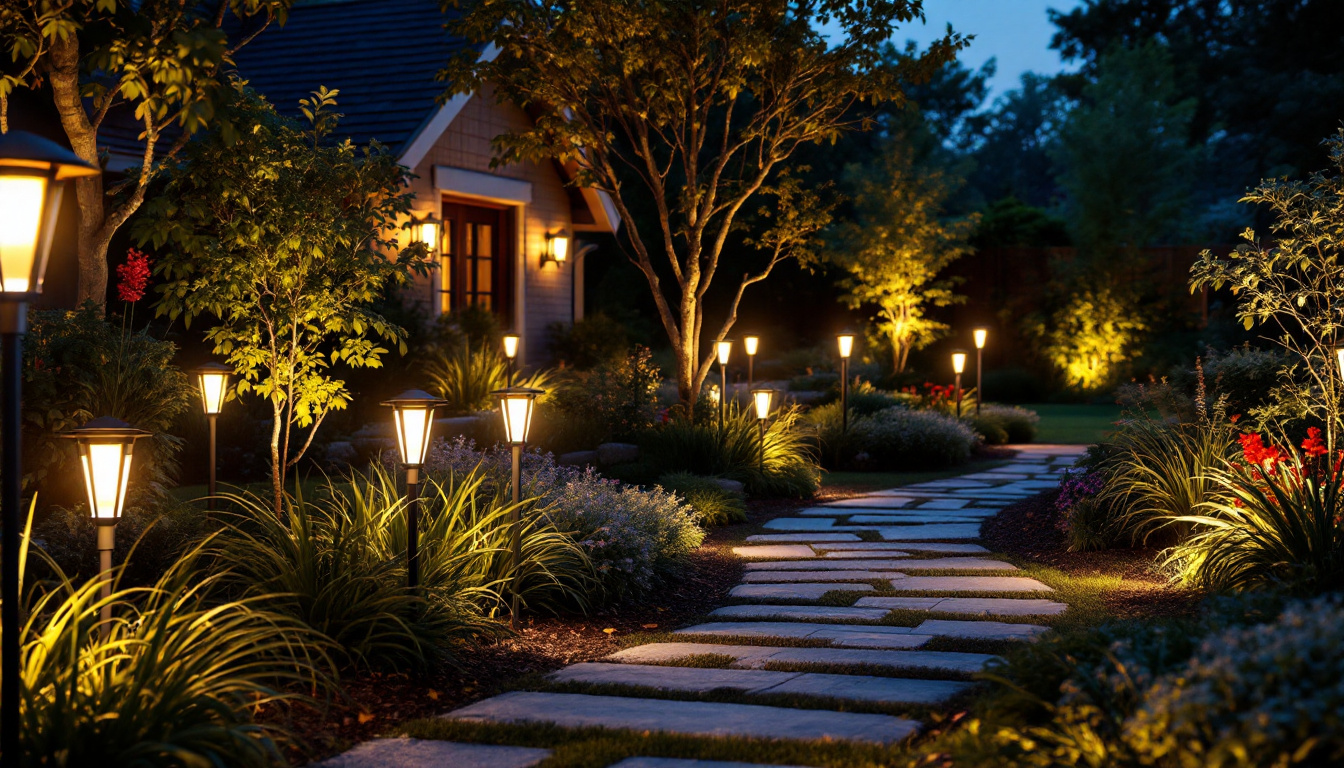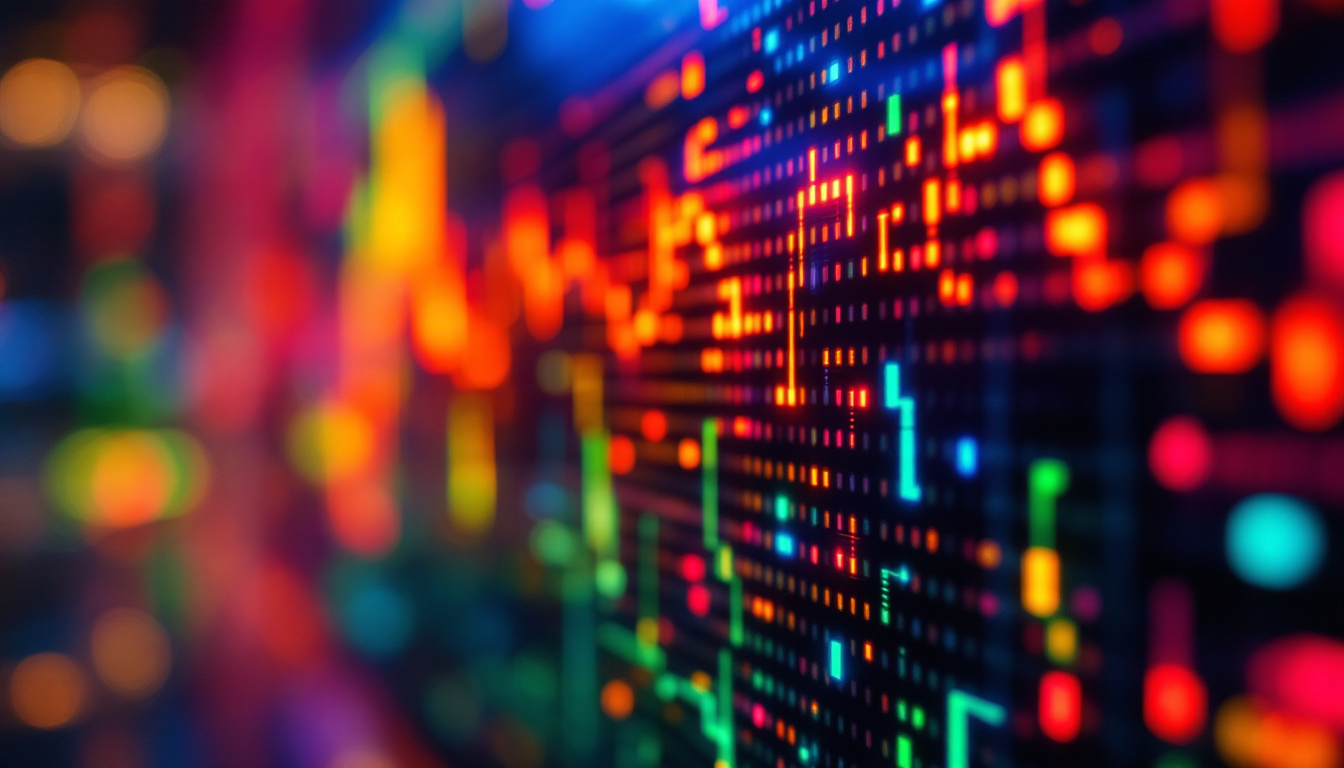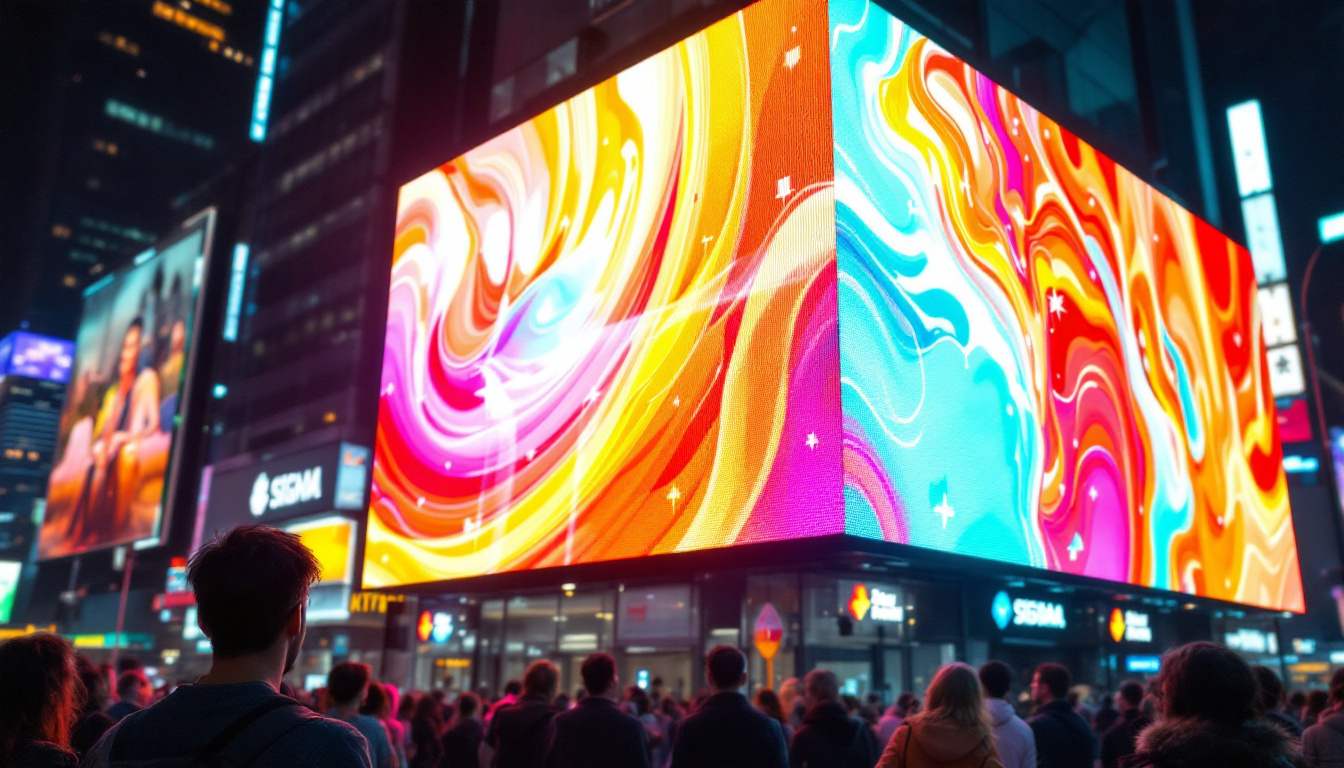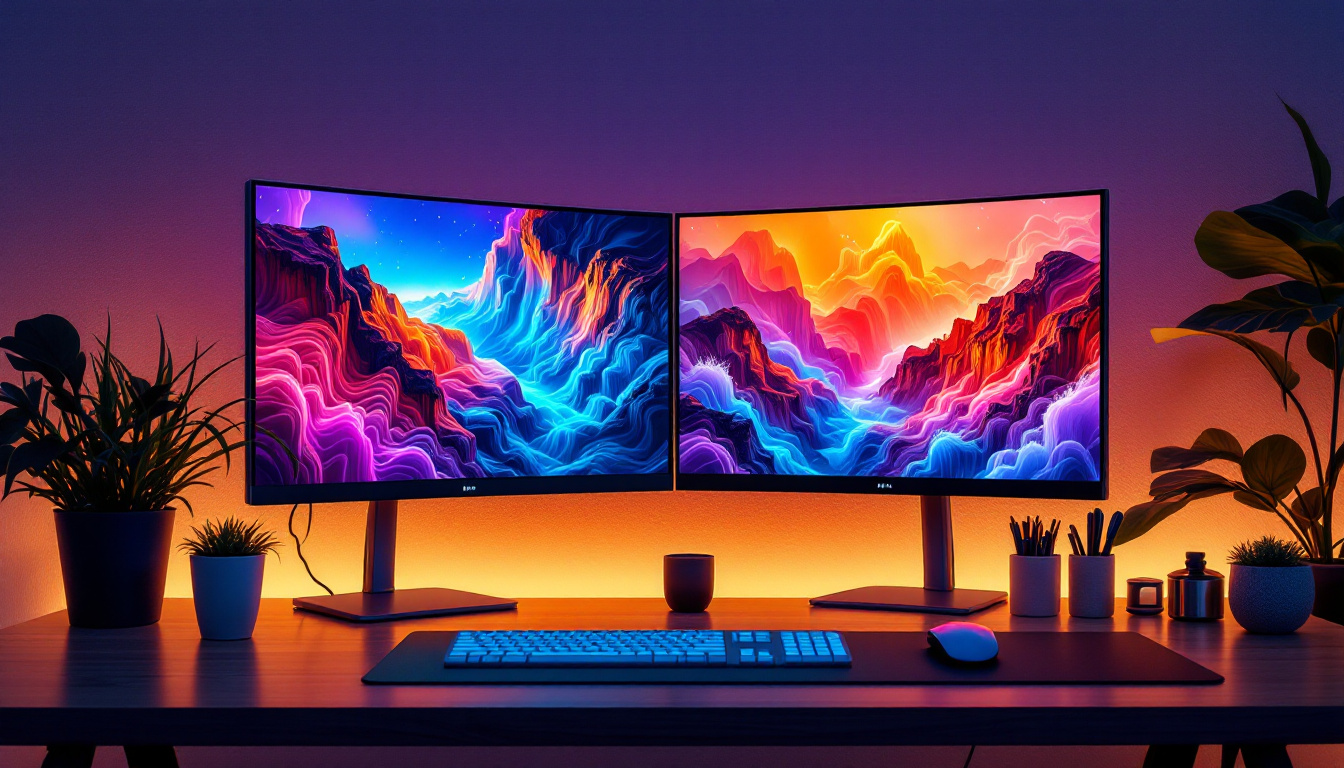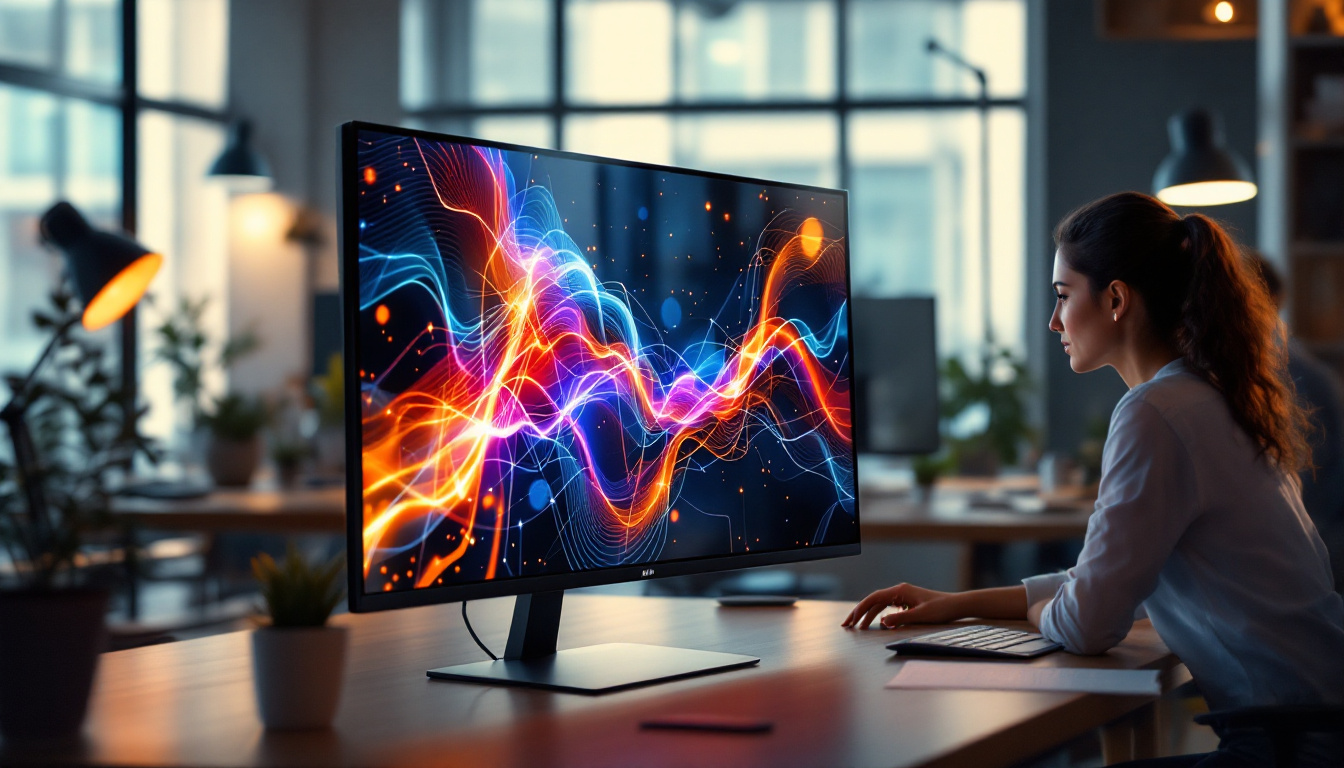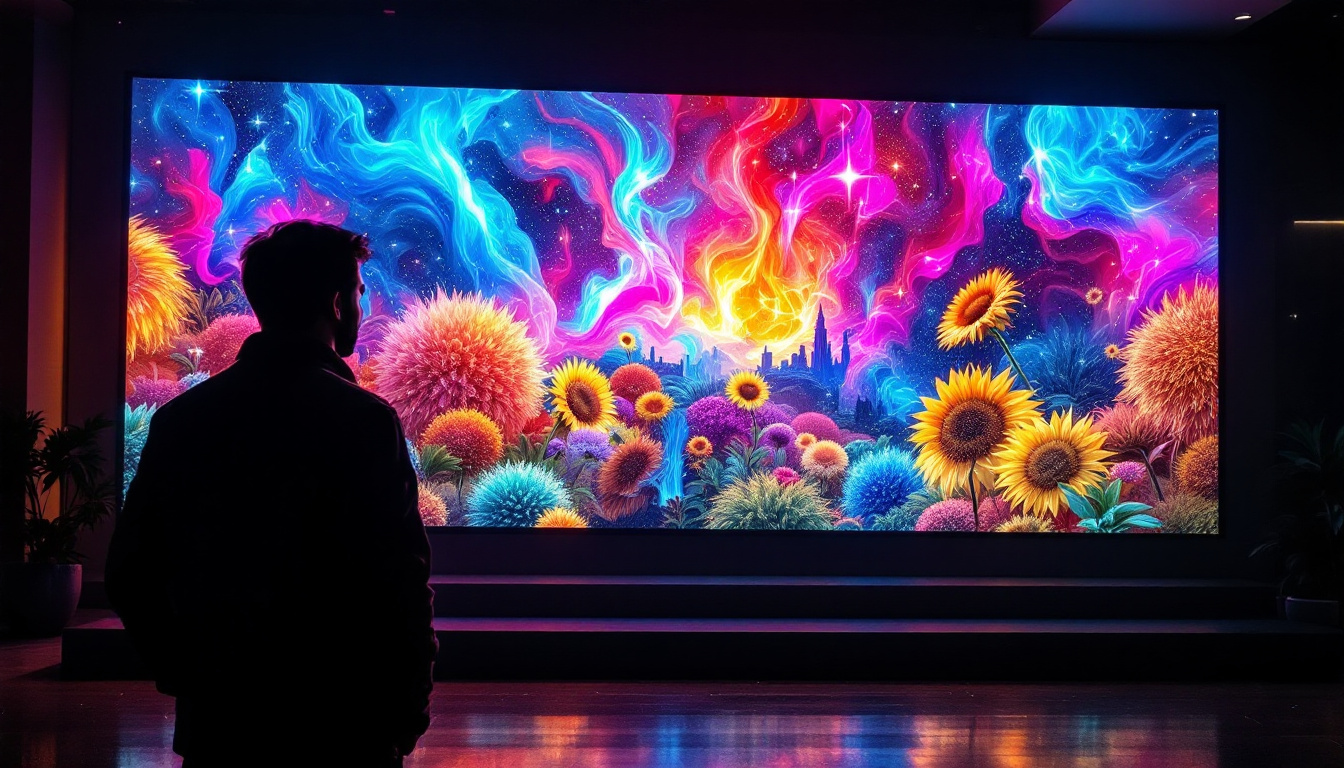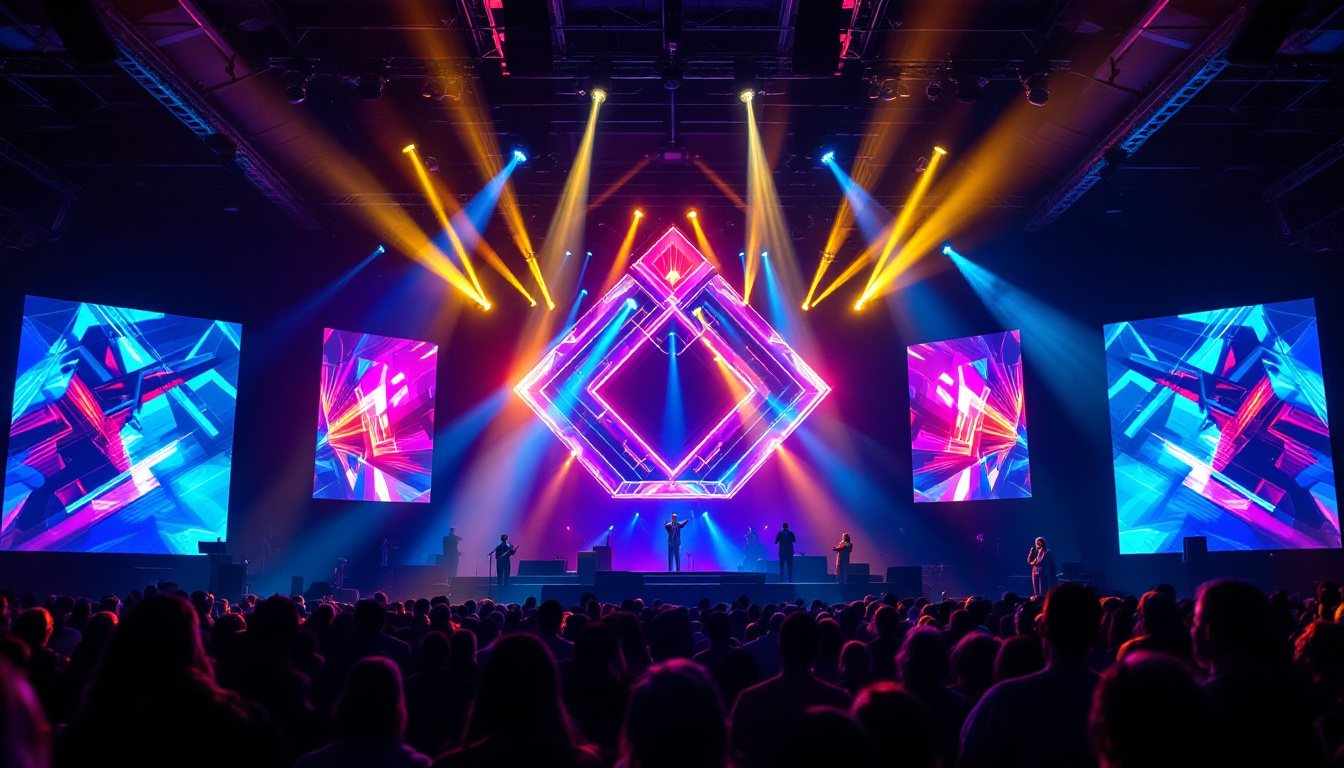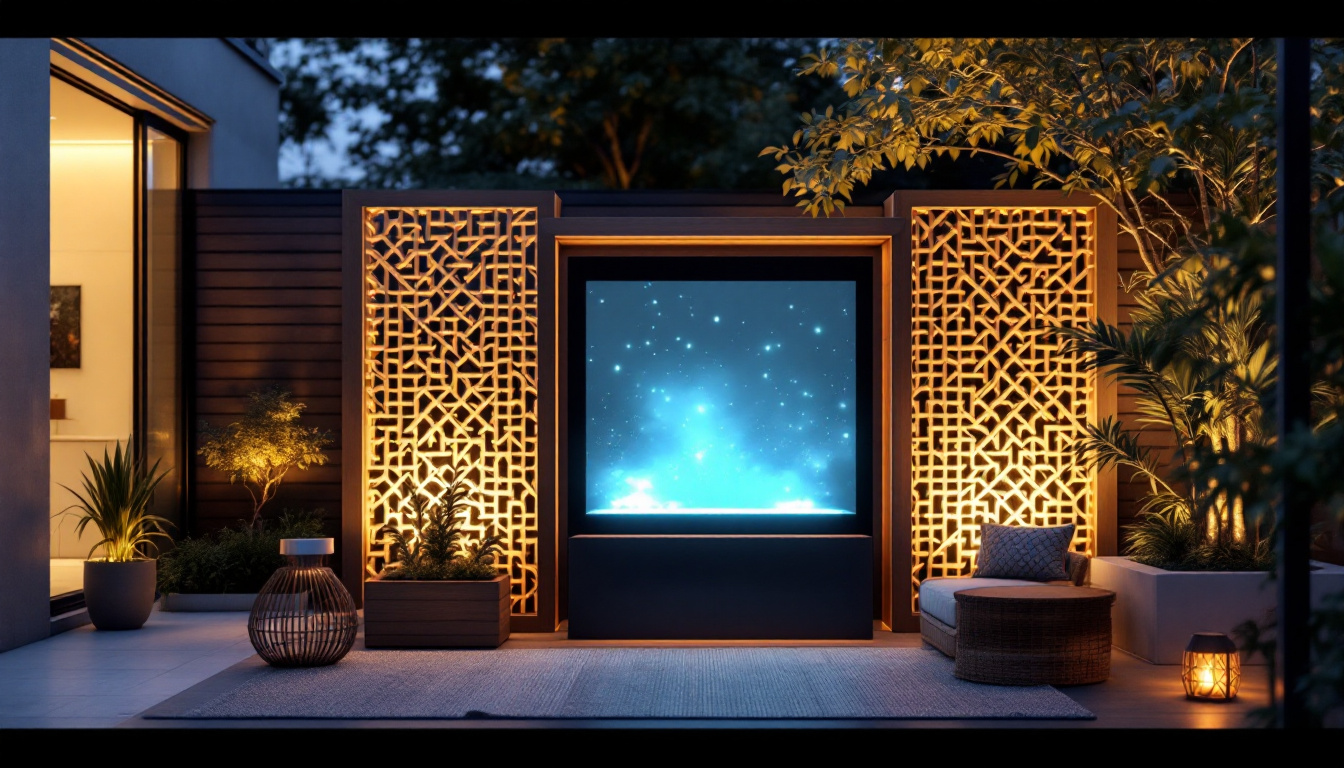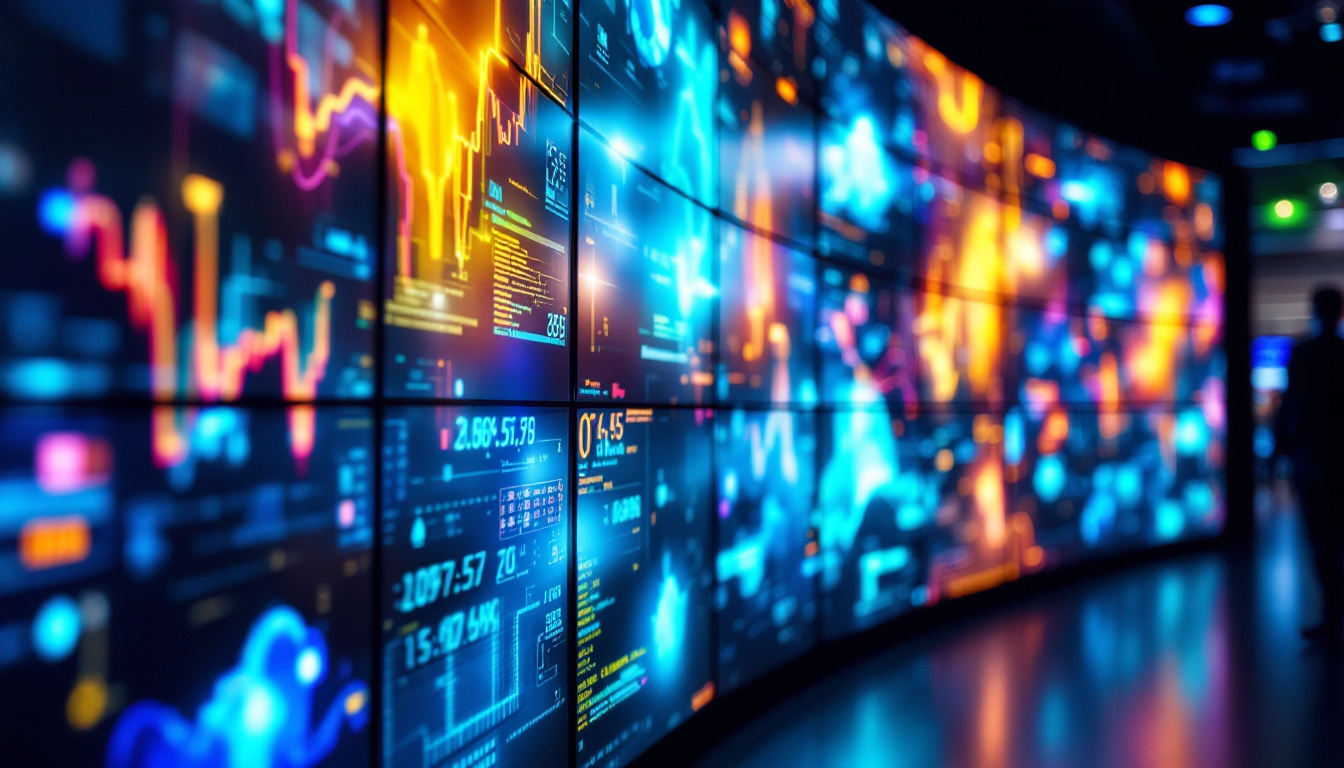The world of cinema has undergone significant transformations over the years, particularly with advancements in display technology. One of the most notable innovations is the LED display, which has revolutionized how films are presented and experienced. This article delves into the intricacies of LED displays, particularly in the context of the film industry, and explores the implications of the movie “10X10” as a case study.
Understanding LED Display Technology
LED, or Light Emitting Diode, technology has become a cornerstone in modern display systems. Unlike traditional projection methods, LED displays offer superior brightness, color accuracy, and energy efficiency. These attributes make them particularly appealing for cinematic applications. The transition from older display technologies to LED has revolutionized how we experience visual content, leading to more immersive environments in both commercial and residential settings.
How LED Displays Work
At the core of LED display technology is the semiconductor material that emits light when an electric current passes through it. This mechanism allows for the creation of vibrant colors and sharp images. In an LED display, thousands of these diodes are arranged in a grid, forming pixels that collectively create the visual output. Each pixel can be controlled individually, enabling dynamic content and stunning visual effects that enhance storytelling in films and presentations alike.
One of the key advantages of LED displays is their ability to produce deep blacks and bright whites, resulting in a high contrast ratio. This feature enhances the viewing experience, making colors pop and details more discernible, which is crucial for filmmakers aiming to convey their artistic vision. Furthermore, LED technology allows for a wide color gamut, meaning that a greater range of colors can be displayed, which is particularly beneficial for content that relies on subtle color variations, such as animated films or nature documentaries.
Types of LED Displays
There are several types of LED displays, each suited for different applications. The most common types include:
- Direct View LED: These displays are made up of individual LED modules that can be combined to create large screens. They are often used in outdoor advertising and large venues, such as stadiums and concert halls, where visibility from a distance is paramount.
- LED Backlit LCD: This type uses LEDs to illuminate an LCD panel from behind. It combines the advantages of LCD technology with the brightness and color range of LEDs, making it a popular choice for televisions and computer monitors.
- MicroLED: A newer technology that uses microscopic LEDs to create images. MicroLED displays promise even higher resolutions and better energy efficiency, making them ideal for next-generation devices and applications where space is limited.
In addition to these types, there are also specialized LED displays designed for specific environments. For instance, transparent LED displays are gaining traction in retail spaces, allowing for captivating visual effects without obstructing views. Similarly, flexible LED displays are being developed for unique installations, enabling creative shapes and forms that can conform to various surfaces. As technology continues to evolve, the possibilities for LED displays are expanding, paving the way for innovative applications across multiple industries.
The Impact of LED Displays on Cinematic Experience
LED displays have not only changed the technical aspects of film presentation but have also significantly influenced the audience’s experience. With the ability to render images with stunning clarity and vibrancy, filmmakers can now create more immersive environments that draw viewers into the narrative like never before. This evolution in display technology has transformed the way stories are told, allowing for more dynamic visuals that captivate the imagination and enhance emotional engagement.
Enhanced Visual Quality
One of the most immediate benefits of LED displays is the enhanced visual quality they provide. With higher resolution capabilities and better color reproduction, audiences can appreciate the finer details of a film. This is particularly important in genres like action or science fiction, where visual effects play a crucial role in storytelling. The sharpness and depth of color offered by LED technology allow filmmakers to push creative boundaries, crafting scenes that are not only visually stunning but also rich in narrative depth.
Moreover, LED displays can maintain their quality in various lighting conditions, which is essential for theaters that may not have complete control over ambient light. This adaptability ensures that the film’s visual integrity is preserved, regardless of the viewing environment. As a result, audiences can experience the director’s vision as intended, with every nuance and subtlety of the cinematography shining through, even in less-than-ideal settings.
Energy Efficiency and Sustainability
In an era where sustainability is increasingly prioritized, LED displays stand out for their energy efficiency. They consume significantly less power compared to traditional projection systems, making them a more environmentally friendly option. This reduction in energy consumption not only lowers operational costs for theaters but also contributes to a smaller carbon footprint. The shift towards LED technology represents a broader commitment within the film industry to embrace greener practices, aligning with global efforts to combat climate change.
Furthermore, the longevity of LED technology means that fewer resources are required for replacements and maintenance, aligning with the industry’s push towards sustainable practices. This durability not only benefits theater operators but also enhances the viewing experience, as audiences can enjoy consistently high-quality presentations without the interruptions that can come from equipment failures or maintenance issues. As theaters increasingly adopt LED displays, they are not just investing in technology but also in a more sustainable future for cinema, ensuring that the magic of film can be enjoyed for generations to come.
Case Study: Movie 10X10
The film “10X10,” directed by Suzi Ewing, serves as an intriguing case study in the application of LED display technology in cinema. The movie, which revolves around themes of captivity and psychological tension, utilizes visual storytelling that is enhanced by the capabilities of LED displays.
Visual Storytelling in 10X10
In “10X10,” the cinematography plays a pivotal role in conveying the emotional weight of the narrative. The film’s use of LED technology allows for a more nuanced portrayal of light and shadow, which is essential in building suspense and tension. The ability to achieve precise color grading and contrast enhances the storytelling, making the audience feel more connected to the characters and their plight.
Moreover, the film’s production design benefits from LED displays, as they can be used to create dynamic backgrounds and environments. This flexibility allows filmmakers to experiment with different visual styles, ultimately enriching the viewing experience.
Audience Reception and Feedback
The reception of “10X10” has been largely positive, with particular praise for its visual aesthetics. Viewers have noted how the LED display technology contributes to the film’s overall atmosphere, making it not just a story, but an experience. The clarity and vibrancy of the visuals have been highlighted as key factors that enhance the emotional impact of the film.
Critics have also pointed out that the use of LED displays in “10X10” sets a new standard for independent films, demonstrating that high-quality visuals are accessible even on smaller budgets. This shift could inspire future filmmakers to explore LED technology in their productions.
Challenges and Considerations
While LED displays offer numerous advantages, there are also challenges and considerations that filmmakers and cinema operators must address. Understanding these factors is crucial for maximizing the benefits of this technology.
Cost Implications
One of the primary challenges associated with LED displays is the initial investment required for installation. High-quality LED screens can be expensive, and this cost may be a barrier for smaller theaters or independent filmmakers. However, as technology advances and production costs decrease, it is expected that LED displays will become more accessible.
Additionally, ongoing maintenance and potential upgrades can also contribute to the overall cost. It is essential for cinema operators to weigh these expenses against the long-term benefits of improved audience experience and energy savings.
Technical Limitations
Despite their many advantages, LED displays are not without technical limitations. For instance, the viewing angle can be a concern; some LED displays may lose color accuracy or brightness when viewed from certain angles. This can affect the overall experience in theaters where seating arrangements vary.
Moreover, while LED technology has made significant strides, it may still struggle to replicate the depth and nuance of traditional film, particularly in scenes with complex lighting. Filmmakers must carefully consider these factors when planning their productions.
The Future of LED Displays in Cinema
The future of LED displays in cinema looks promising, with ongoing advancements in technology and a growing acceptance within the industry. As filmmakers continue to explore innovative ways to tell stories, LED displays will likely play an increasingly vital role.
Emerging Technologies
As technology evolves, new developments in LED displays are expected to emerge. Innovations such as flexible screens and improved resolution capabilities could further enhance the cinematic experience. These advancements may allow for more creative storytelling techniques, breaking traditional boundaries in film production.
Additionally, the integration of augmented reality (AR) and virtual reality (VR) with LED technology could open up new avenues for immersive storytelling. Filmmakers may soon be able to create experiences that engage audiences in ways previously thought impossible.
Industry Adoption and Trends
As more filmmakers recognize the benefits of LED displays, industry adoption is likely to increase. Major film festivals and award shows are already beginning to utilize LED technology for presentations and screenings, showcasing its potential to a broader audience.
Furthermore, as consumer demand for high-quality home viewing experiences grows, the market for LED displays in home theaters is expanding. This trend may influence filmmakers to produce content that is optimized for LED viewing, further solidifying the technology’s place in the cinematic landscape.
Conclusion
In conclusion, LED display technology has transformed the film industry, providing filmmakers with powerful tools to enhance visual storytelling. The case study of “10X10” illustrates how this technology can elevate a film’s emotional impact and overall experience. While challenges exist, the future of LED displays in cinema is bright, with ongoing advancements promising even greater possibilities for filmmakers and audiences alike.
As the industry continues to evolve, embracing new technologies like LED displays will be crucial for creating engaging and immersive cinematic experiences. The journey of innovation in film is far from over, and LED technology will undoubtedly play a significant role in shaping its future.
Discover the Future of Visual Storytelling with LumenMatrix
Ready to take your cinematic experiences to the next level? LumenMatrix is at the forefront of LED display innovation, offering a wide range of solutions that bring your visual narratives to life. From Indoor and Outdoor LED Wall Displays to specialized options like Vehicle, Sports, and Floor LED Displays, our technology is designed to captivate and engage. Embrace the future of cinema with our Custom, All-in-One, and Transparent LED Displays, and see how LumenMatrix is redefining visual communication. Check out LumenMatrix LED Display Solutions today and transform the way you share your story.

